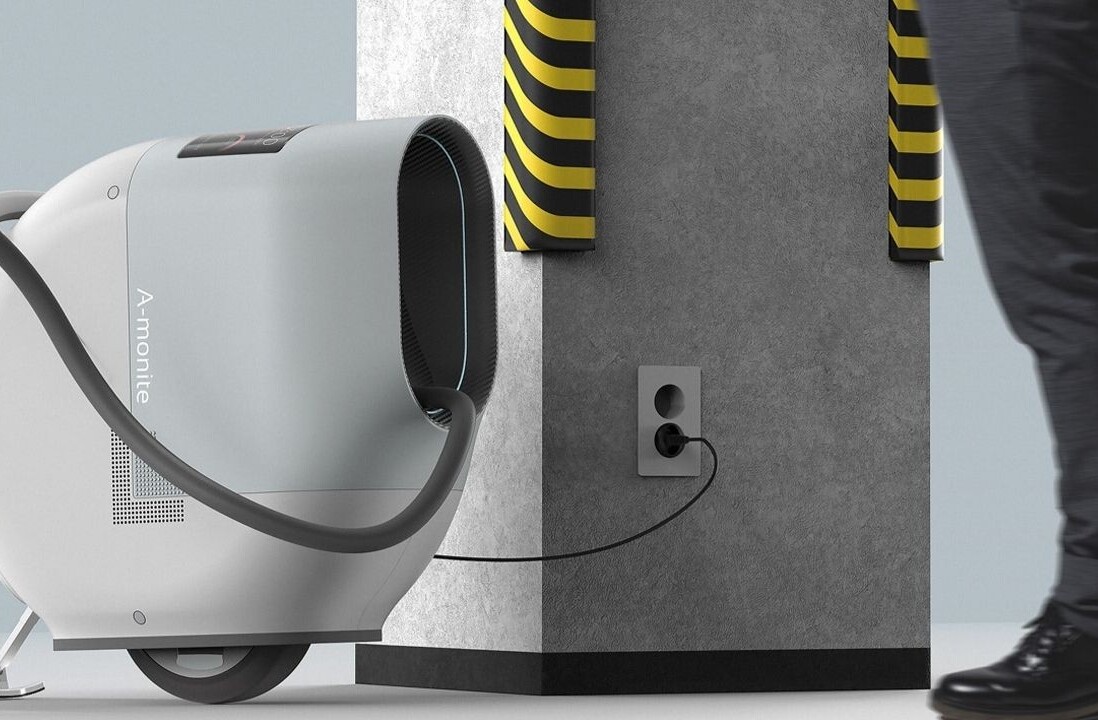
In 2013, Chicago-based entrepreneur and visual artist Craighton Berman launched The Campaign for the Accurate Measurement of Creativity, a witty project involving Berman designing and selling a jar to collect pencil sharpenings in order help people ‘quantify’ their creativity.
Now closed – his Kickstarter campaign is a tongue in cheek project that’s not supposed to be taken terribly seriously but it poses a thought-provoking question. Can creativity be measured and is there any point?
Berman’s sharpener jars are pretty simple – they’re large Mason jam jars with a pencil sharpener fixed inside the lid. Coming in two different sizes (amusingly titled The Workaholic and The Underachiever) the idea behind them is that the creative doodler fills up the jars with pencil sharpenings as they daydream, chew over their ideas and while away their time.
At the end of the day, week or month, the creative has an accurate visual representation of just how much energy and effort has been expelled on their creative project – not just how far their work might or might not have progressed.
Berman explains this neatly on his website:
Every day professional “creatives” spend their waking hours sketching, writing, doodling, brainstorming, drawing, and scribbling on paper—hoping that their next amazing idea will eventually appear. This process fuels a unique angst in the modern-day artist; they spend most of their time merely thinking about what to make with nothing physical to show other than a pile of sketches.
Can you get credit for creative effort without showing an end product? How is your boss going to know that you spent most of the day working and not just surfing Tumblr? How can you prove to your clients that your rates are justified despite the absence of actual finished work? Can creative output really be measured?
So how far can Berman’s sharpener jars be said to quantify creativity?
In one way I think they can. Anyone who’s ever embarked on a creative project must be well aware of the disconnect between the finished ‘thing’ and the amount of effort, energy and time that went into making that finished thing.
What I love about Berman’s project is that when used, the jars become the physical manifestation of something that’s normally entirely invisible. Typically, the only focus of a creative project is the end point – the finished novel, painting or song. Berman’s jars put the spotlight on the creative process itself. They make the intangible, tangible and as a concept that’s fascinating.
However, that’s not to say I’d necessarily use of the jars – in fact I think if you’re a creative looking to boost your productivity they might have the reverse effect.
As a dabbler in scriptw riting, I confess to spending whole weeks re-writing scripts only to end up with far fewer words and possibly a poorer story than at the beginning of the week. I generally console myself by thinking that I must have learnt something from the whole process.
riting, I confess to spending whole weeks re-writing scripts only to end up with far fewer words and possibly a poorer story than at the beginning of the week. I generally console myself by thinking that I must have learnt something from the whole process.
Perhaps a large jar full of sharpenings might give me solace that despite a week of little progress I had expelled a lot of creative energy. Equally though, it could make me think what on earth I’d been doing with all that time and energy – and this is where I think Berman’s jars could potentially act as a huge de-motivator to creative persistence.
Of course, Berman’s Campaign for the Accurate Measurement of Creativity isn’t claiming that his sharpener jars can boost creative productivity – that’s not the point. His is a fun, enlightening and engaging thought experiment around the point (or not) of ‘measuring’ creativity.
It’s just that for me – and I suspect many others – seeing line upon line of creative energy bottled up in pencil-sharpening form would only work if I at some point reached a creative goal. It’s only then that you can be proud of all that effort and all those sharpenings – and be sure that it wasn’t just all dithering.
This post first appeared on Write Track.
Get the TNW newsletter
Get the most important tech news in your inbox each week.




